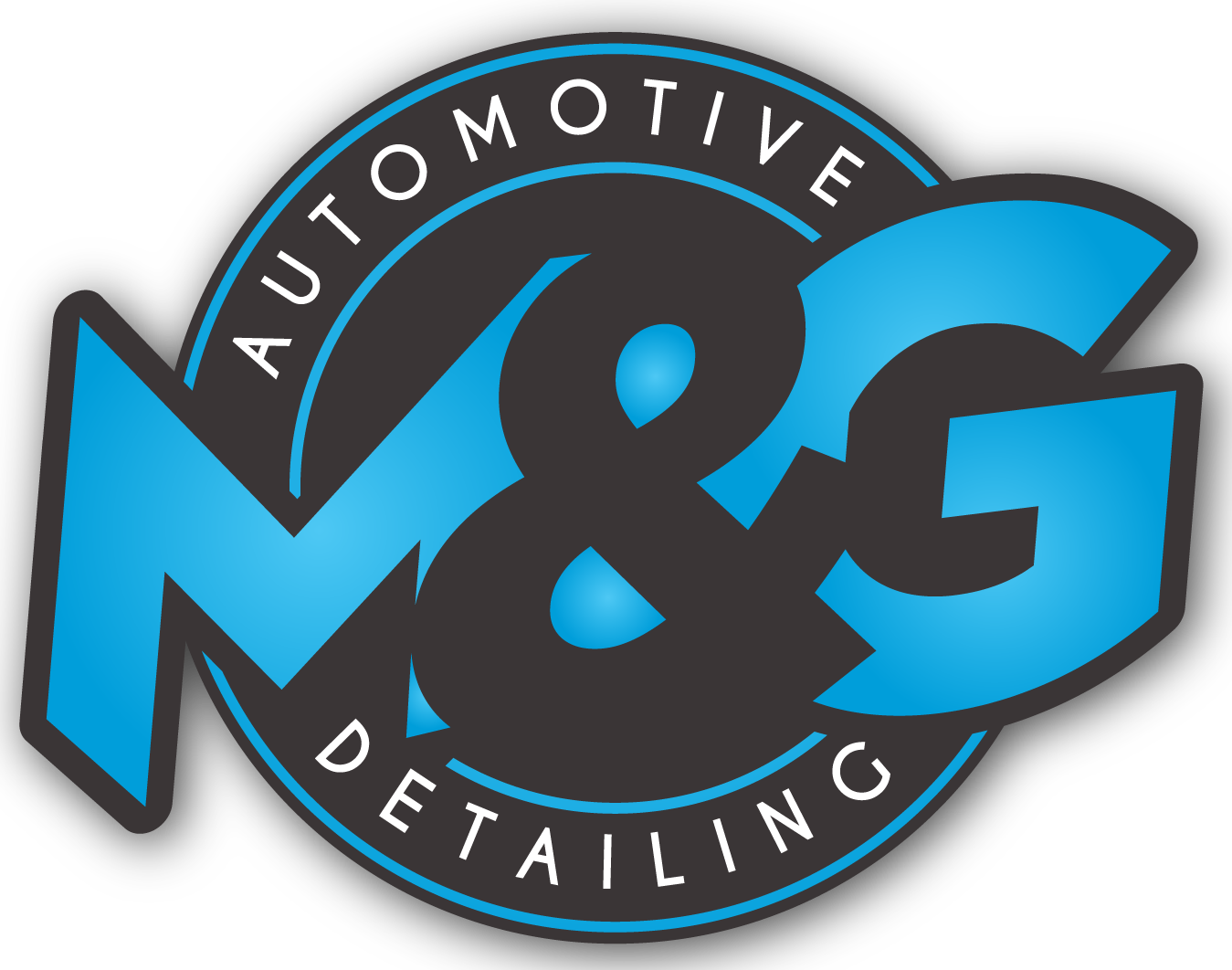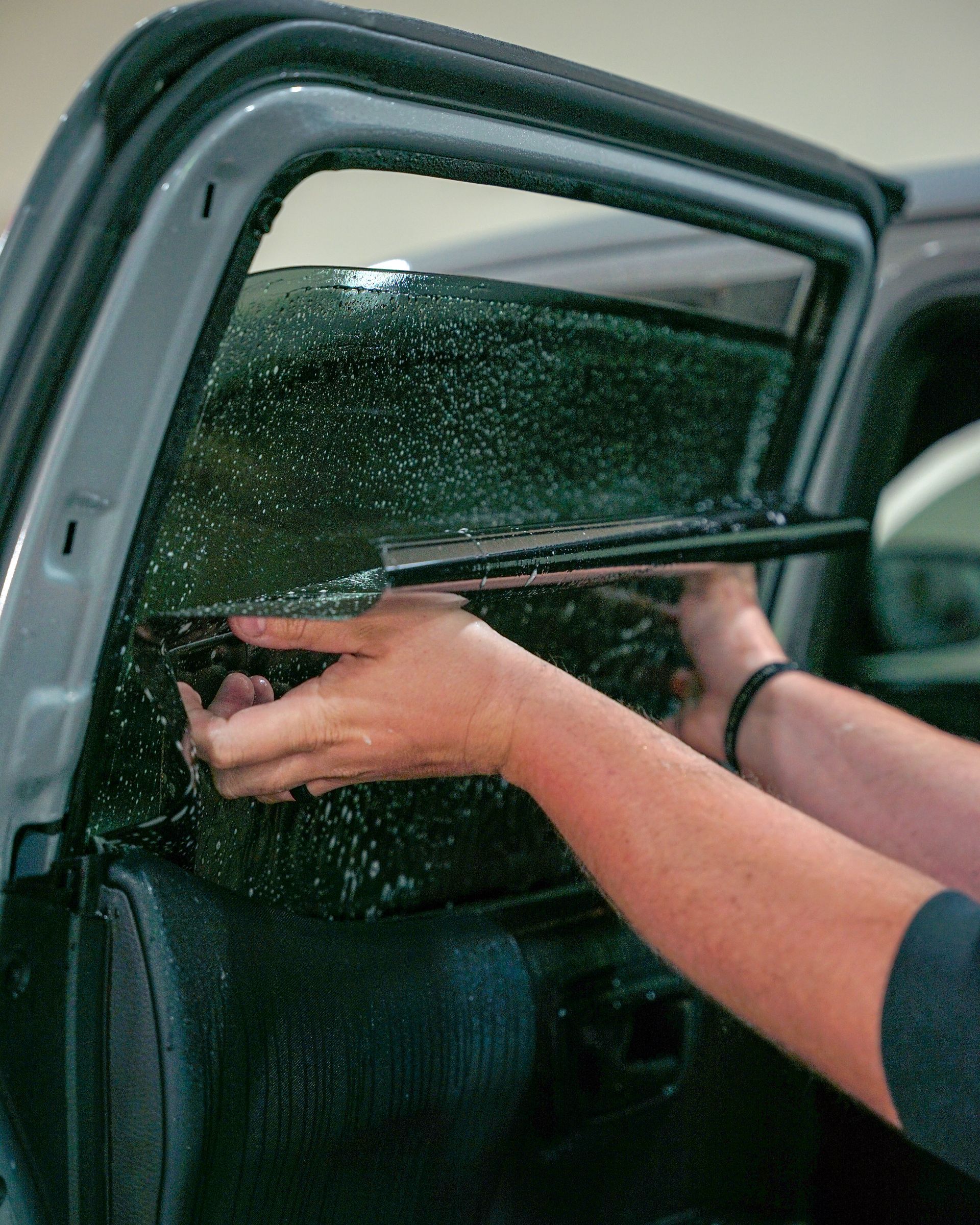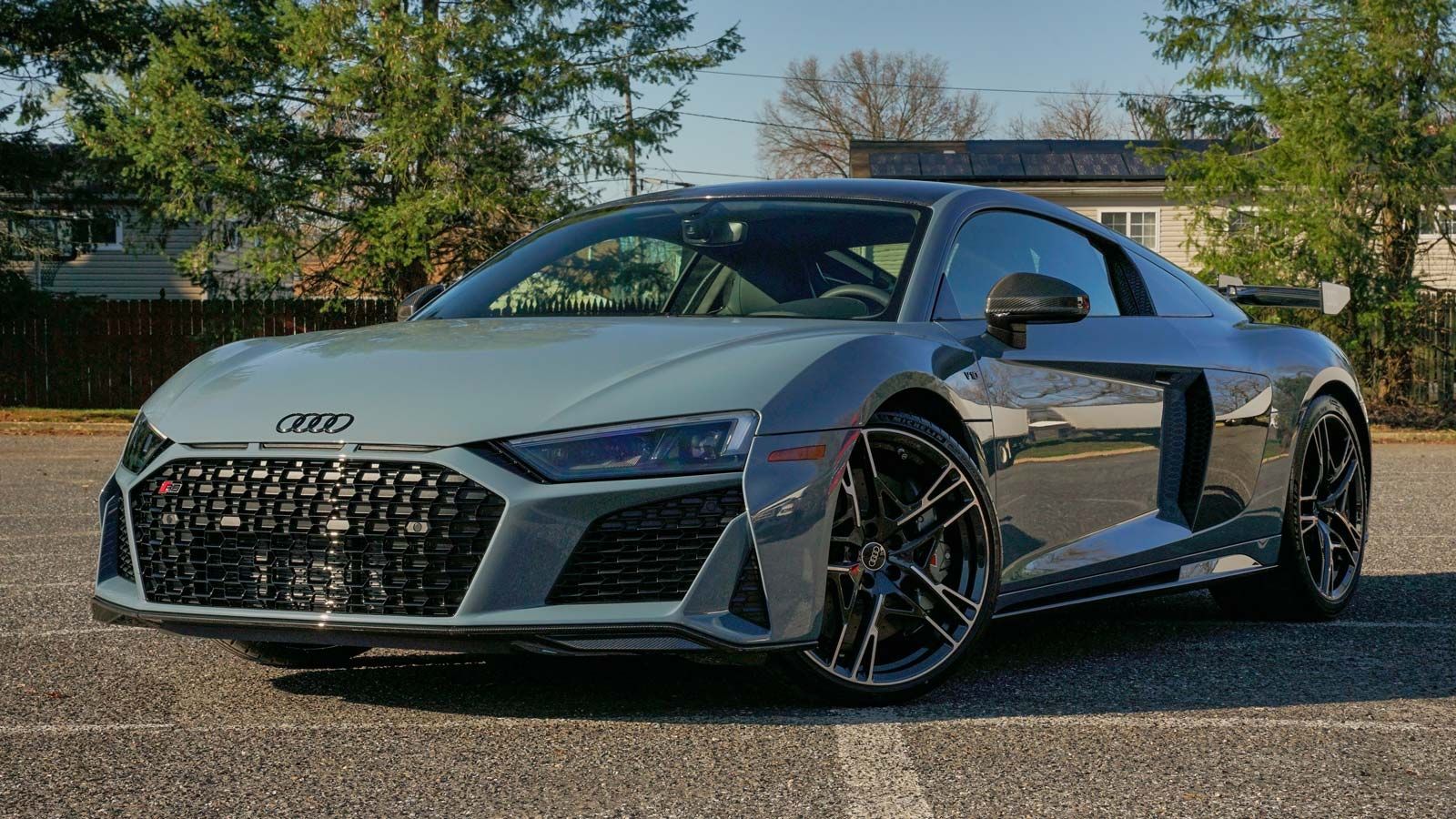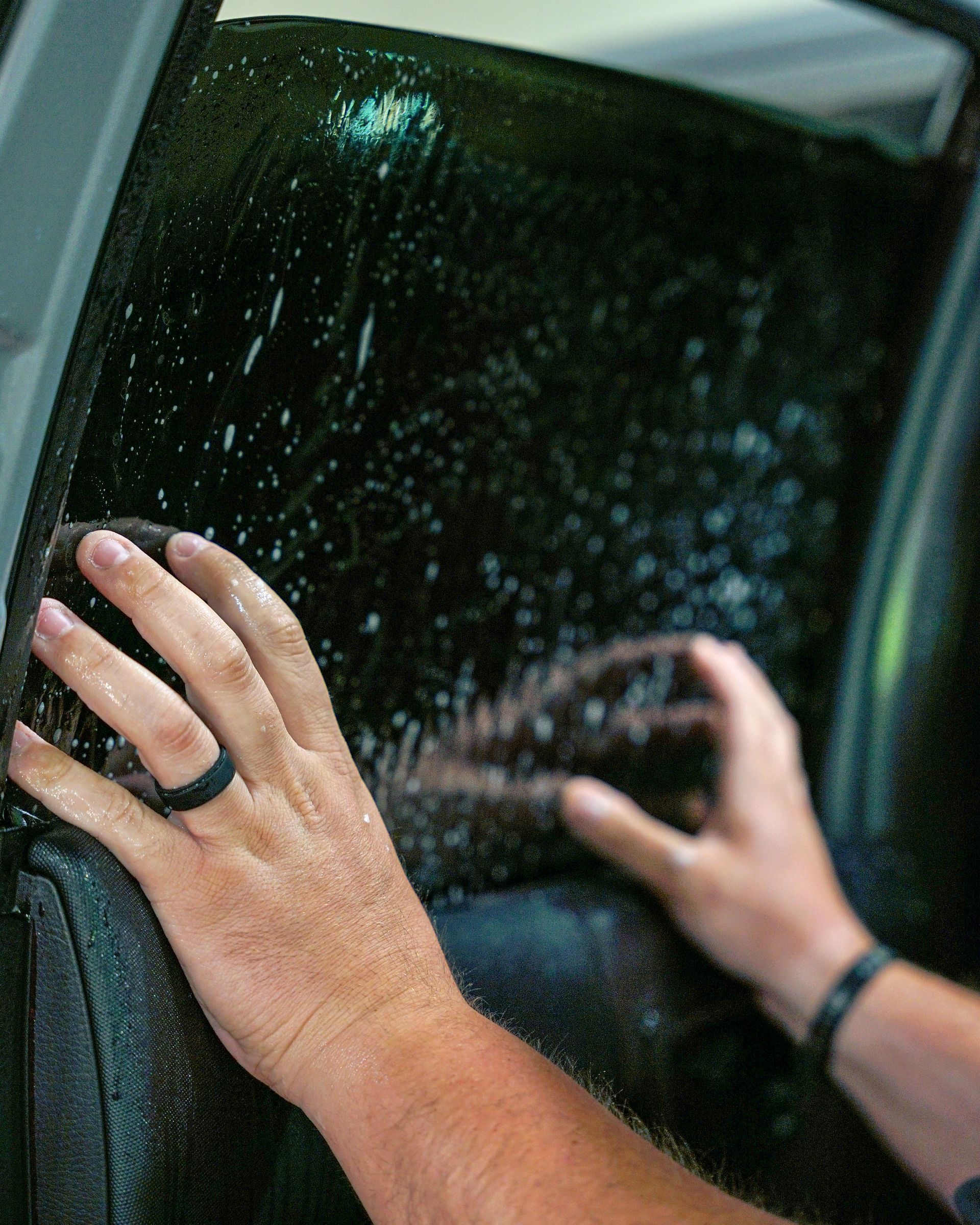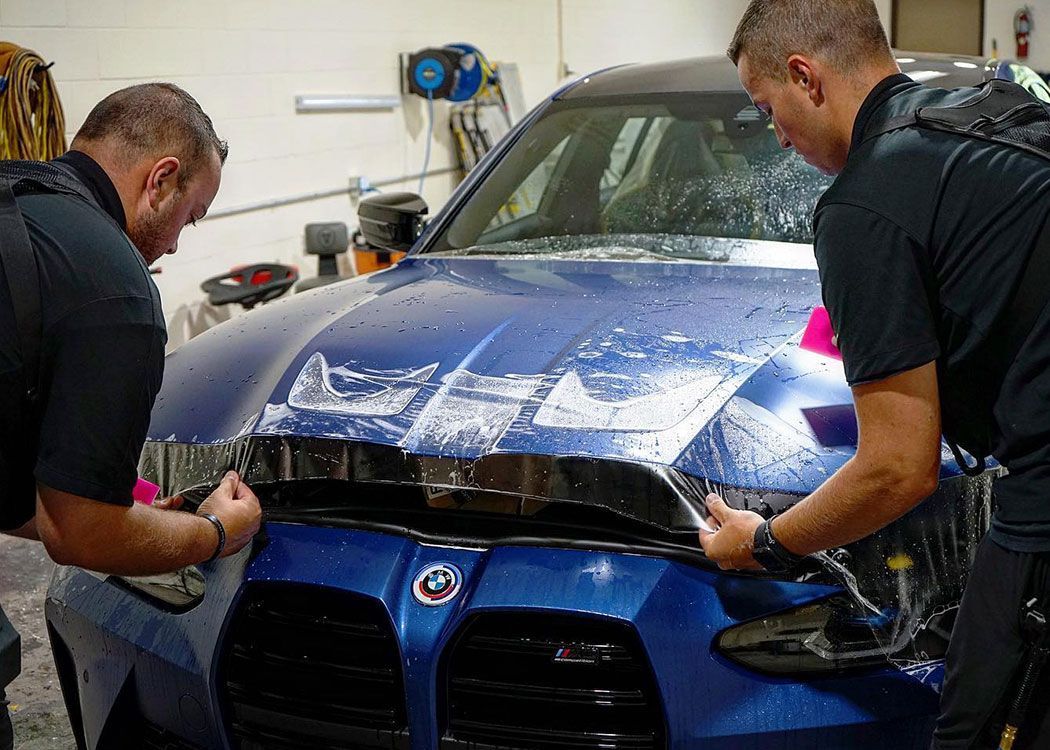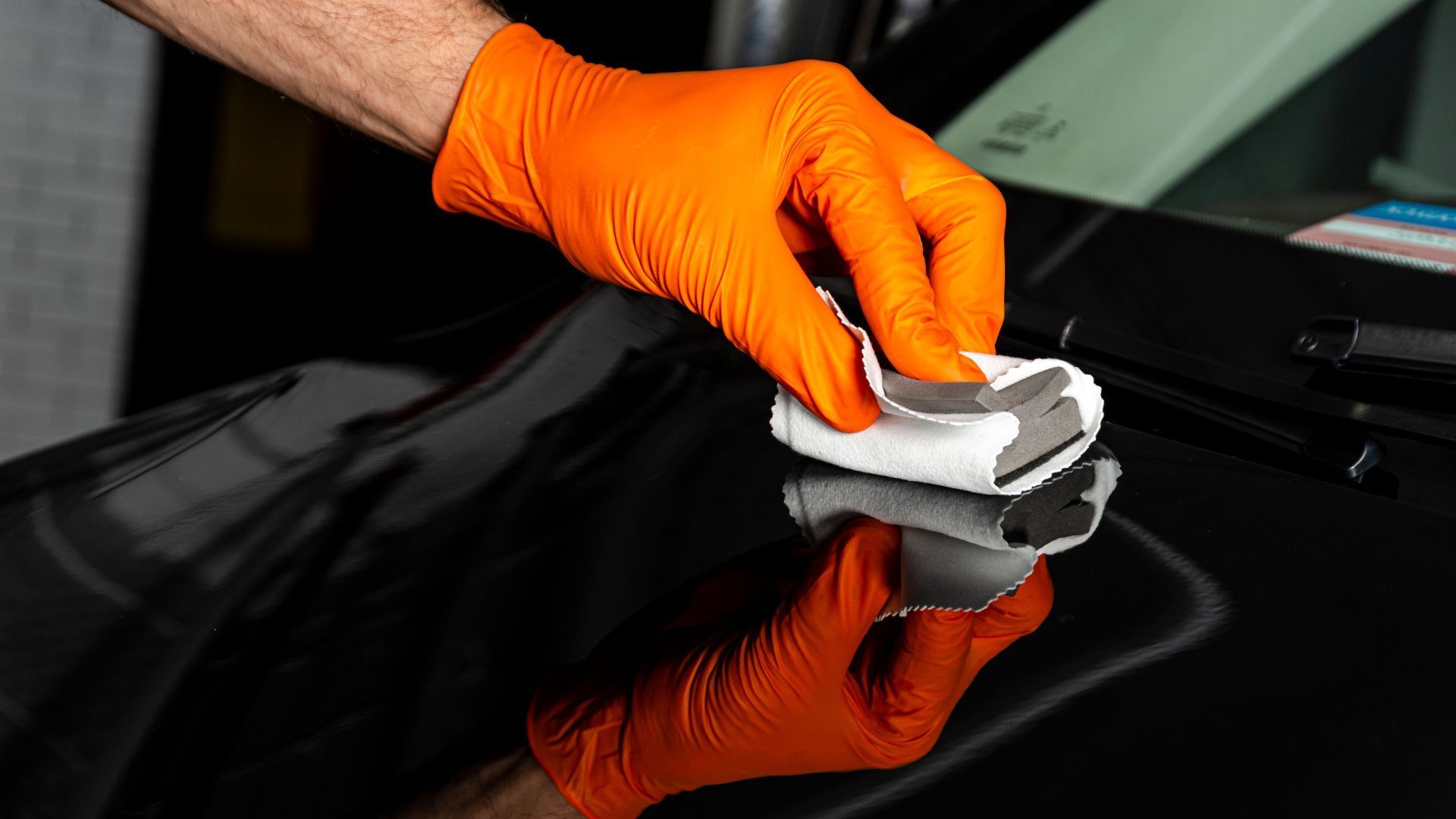DIY vs. Professional Installation for PPF in Haddonfield, NJ: Costs, Benefits, and Comparison
As the concrete jungle of Haddonfield, New Jersey, scrapes against the pristine beauty of your car, the question arises: can you protect it yourself or should you hire a professional to install paint protection film? This blog post examines the tradeoffs between cost and effectiveness when deciding between DIY PPF installation and hiring a professional for the job. From costs saved to precision guaranteed, it's time to do a deep dive into this protective puzzle, which could significantly impact your vehicle’s longevity in Haddonfield's tough environment. Ready to arm your vehicle with the best defense? Let's begin!
While some individuals may choose to install PPF themselves, it is generally recommended to hire professionals for the best results. Professional installers have the expertise, tools, and experience necessary to ensure proper application of PPF, maximizing its effectiveness in protecting your vehicle's paint from damage. Additionally, professional installations often come with warranties that provide added peace of mind.
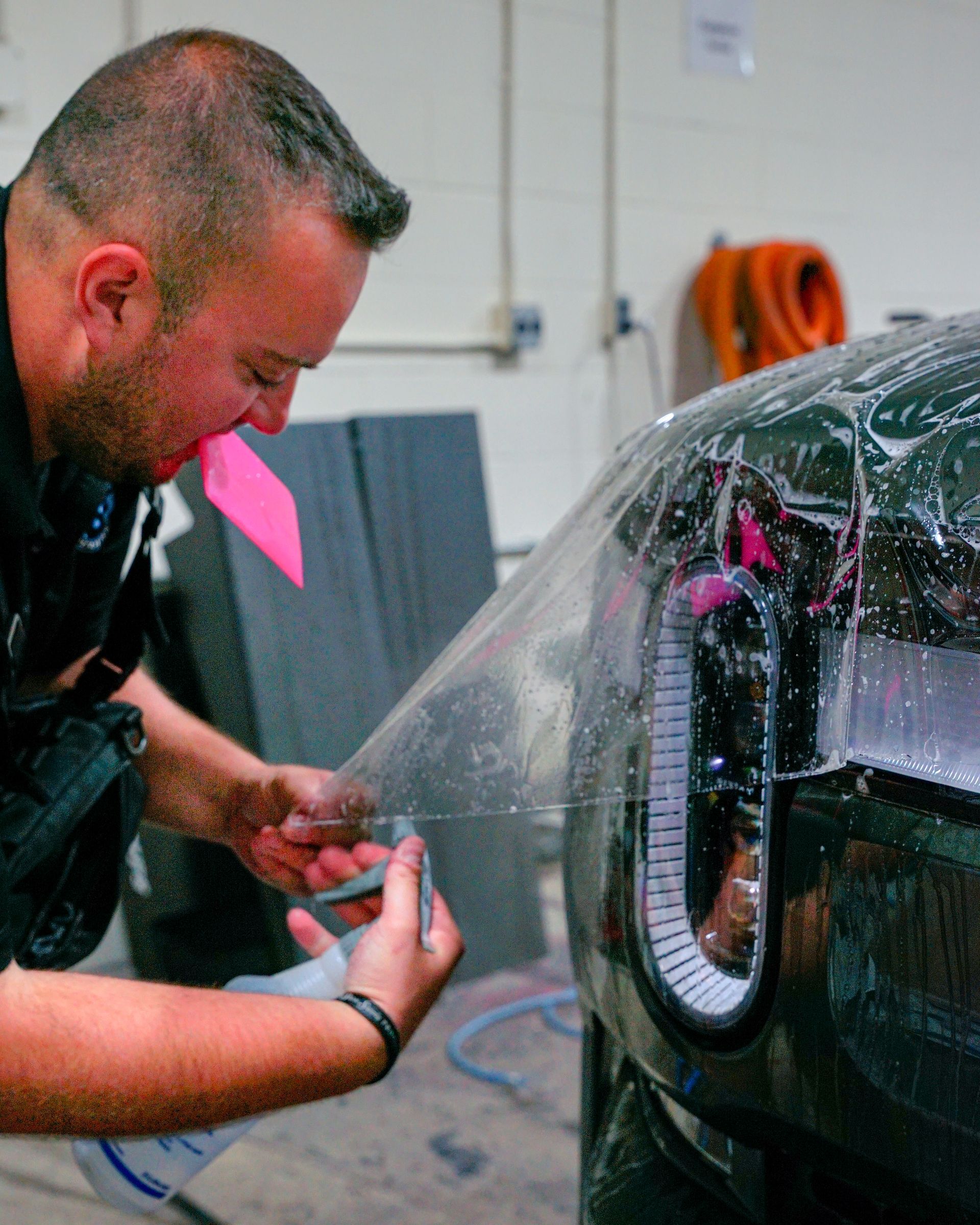
DIY PPF Installation: Costs and Benefits
When it comes to installing paint protection film (PPF) on your vehicle in Haddonfield, NJ, you have the option of either embarking on a DIY project or seeking professional installation services. Let's delve into the costs and benefits of DIY PPF installation:
Embarking on a DIY PPF installation project can be an enticing prospect for many vehicle owners. Not only does it offer a sense of accomplishment and hands-on experience, but it can also potentially save money compared to hiring a professional installer. However, before jumping into an extensive project like PPF installation, it's crucial to consider several factors. Firstly, assessing your ability and skill level is essential. PPF installation requires precision and attention to detail to achieve a seamless finish. If you're confident in your abilities or are willing to invest time in practicing and honing your skills, then the DIY approach might be suitable for you.
Another aspect to consider is the cost of materials and equipment required for PPF application. While DIY kits are widely available and generally less expensive than hiring a professional installer, keep in mind that investing in high-quality materials will often yield better results. Additionally, acquiring the necessary tools like squeegees, heat guns, and trimming knives may also add up to your overall expenses.
Money-saving Advantages
One of the significant advantages of choosing a DIY approach for PPF installation is the potential cost savings compared to hiring a professional installer. Let's dig deeper into the money-saving benefits:
- Avoiding Labor Costs: By taking on the task yourself, you eliminate the need to pay labor fees associated with professional installation services. However, it's important to note that while you may save money upfront, there is a tradeoff in terms of time and effort required.
- Lower Material Costs: With numerous PPF DIY kits available, you have the freedom to choose a kit that fits your budget. While higher-end kits may come at a slightly higher cost, opting for affordable yet reliable ones can still provide satisfactory results.
- Flexibility in Purchasing Materials: As a DIY enthusiast, you have the flexibility to source materials directly from suppliers or retailers, potentially finding better deals or discounts. This advantage allows you to control your expenses more effectively by comparing prices and selecting quality supplies within your budget.
While saving money through DIY PPF installation is enticing, it's crucial to consider whether the cost savings outweigh the potential risks and challenges that come with this method. Hiring a professional installer guarantees expertise and flawless application while protecting your investment in the vehicle. Additionally, professionals typically offer warranties that cover any issues that may arise during or after installation. Therefore, weighing the tradeoffs between potential cost savings and peace of mind is essential before deciding on the DIY route.
Learning Experience and Skill Development
Embarking on a DIY project for paint protection film (PPF) installation in Haddonfield, NJ, can be an exciting opportunity for individuals looking to develop new skills and take pride in completing the task themselves. By taking on this challenge, you have the chance to expand your knowledge and gain valuable experience in car maintenance and detailing. However, it's important to acknowledge that PPF installation requires a certain level of expertise and precision. Without proper training and experience, it can be easy to make mistakes that could result in subpar results or even damage to your vehicle's paintwork. That being said, if you are confident in your abilities and have taken the time to research and understand the process thoroughly, DIY installation can be a rewarding learning experience.
However, it's crucial to consider your available time, patience, and willingness to invest in trial and error. DIY installations often require multiple attempts before achieving satisfactory results. If you're pressed for time or prefer a more efficient approach without the risk of error, engaging professional PPF services may be the best option for you.
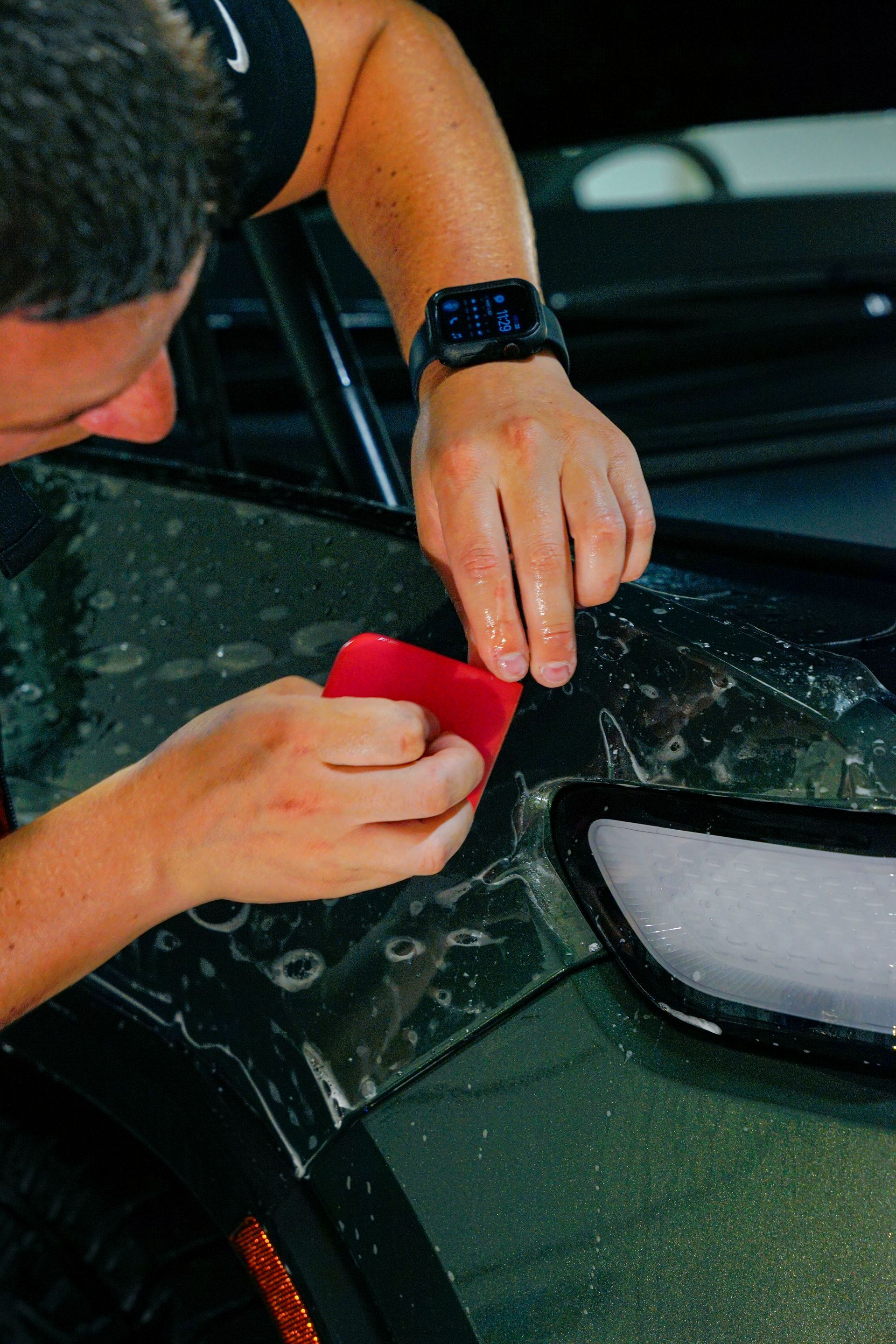
Engaging Professional PPF Services in Haddonfield
When it comes to protecting your vehicle's paintwork with PPF, entrusting the job to professionals in Haddonfield, NJ, offers several significant benefits. Firstly, professionals come equipped with extensive experience and knowledge gained from working on various vehicles. Their expertise allows them to assess your car's specific needs accurately and ensure a flawless installation. They possess a deep understanding of the intricacies involved in paint protection film application and know how to tailor their techniques to your vehicle's unique contours. This level of expertise provides peace of mind, knowing that professionals will handle your prized possession with care and deliver outstanding results.
Professional installers also have access to high-quality materials and equipment that may not be readily available to the average DIYer. From specialized heat guns to precise cutting tools, professionals are equipped with everything needed for a seamless PPF installation. This ensures optimal protection for your vehicle's paint while minimizing the risk of bubbles, creases, or other imperfections that could occur during a DIY installation. Additionally, by engaging professional PPF services, you can save considerable time and effort. Rather than spending hours researching and practicing, you can trust professionals to efficiently handle every step of the process, from surface preparation to precise film application.
Time-Saving and Quality Assurance
One of the main advantages of opting for professional installation of paint protection film (PPF) in Haddonfield, NJ, is the significant amount of time you can save. DIY installations require careful preparation, research, and attention to detail, which can be a time-consuming process. On the other hand, professionals have the knowledge, expertise, and experience to efficiently install PPF with precision and accuracy. Professionals are well-versed in proper techniques and use specialized tools to ensure smooth and flawless application. They have the skills to complete the installation efficiently, saving you precious time and preventing potential frustration.
Another aspect that professional installation offers is quality assurance. While DIY enthusiasts may possess a certain level of skill, they may not have access to the same level of training or resources as professionals. Certified installers undergo rigorous training programs to master the art of PPF application. This ensures that the film is applied correctly with no imperfections or uneven edges. Additionally, professional installers often offer warranties on their work. This means that if any issues arise after installation, such as peeling or discoloration, they will rectify it at no extra cost. This assurance that your investment is safe and that professionals will respond quickly to any potential issues makes this peace of mind priceless.
Professional Finishing and Materials
Professional installers not only excel in their application techniques but also provide an enhanced finish compared to DIY methods. They have access to high-quality PPF materials that are specifically designed for automotive applications. These materials are often more durable and offer superior protection against road debris, scratches, and other hazards. These top-of-the-line PPF products that are engineered to withstand these challenges ensure long-lasting performance while maintaining the visual integrity of your car. Professional installation also ensures seamless integration of the film with your vehicle's paintwork. Experienced installers have the expertise to wrap the film around complex curves and contours without leaving any visible lines or edges. This creates a virtually invisible layer of protection that enhances the appearance of your vehicle and maintains its original factory finish.
Making the Decision: Factors to Consider
When deciding whether to opt for DIY or professional PPF installation in Haddonfield, NJ, several key factors should be taken into account:
- Skill and Experience: Assess your own skills and experience level in automotive work. Are you comfortable with intricate tasks that demand precision? Do you have prior experience with PPF installation? If not, hiring a professional might be the safer choice.
- Time Commitment: Consider how much time you can dedicate to installing PPF on your vehicle. DIY installation requires patience and attention to detail. If you have limited time or lack the necessary patience for a labor-intensive project, hiring a professional is likely more suitable.
- Cost vs. Value: Compare the cost savings of DIY installation with the potential risks of mistakes or damage to your vehicle's paintwork. Consider the value of professional expertise and warranty coverage in ensuring a high-quality result that protects your investment over the long term.
- Tools and Materials: Evaluate if you have access to the right tools and high-quality materials required for PPF installation. Professional installers typically possess specialized tools that can streamline the process and produce superior outcomes.
- Desired Outcome: Determine the level of perfection you desire for your vehicle's PPF installation. If flawless results are essential, professionals are more likely to deliver on this expectation due to their specialized knowledge and experience.
Ultimately, the decision rests with you and what aligns best with your priorities, skills, and resources. While DIY installation may serve as a satisfying and cost-saving option for some, professional PPF installation offers peace of mind and confidence in a job well done.
Professional Paint Protection Film Service in Haddonfield, NJ
Elevate the defense of your vehicle's exterior with M&G Automotive Detailing, your trusted provider of professional paint protection film services in Haddonfield, NJ. Our expert team is dedicated to safeguarding your car's paintwork from rock chips, scratches, and the wear and tear of daily driving, ensuring it maintains its pristine condition. If you're in search of the highest level of protection for your cherished vehicle, don't hesitate to contact us. Let M&G Automotive Detailing shield your car with our premium paint protection film service, offering the ultimate defense against the elements. Secure your car's beauty and longevity today with the best in the business!
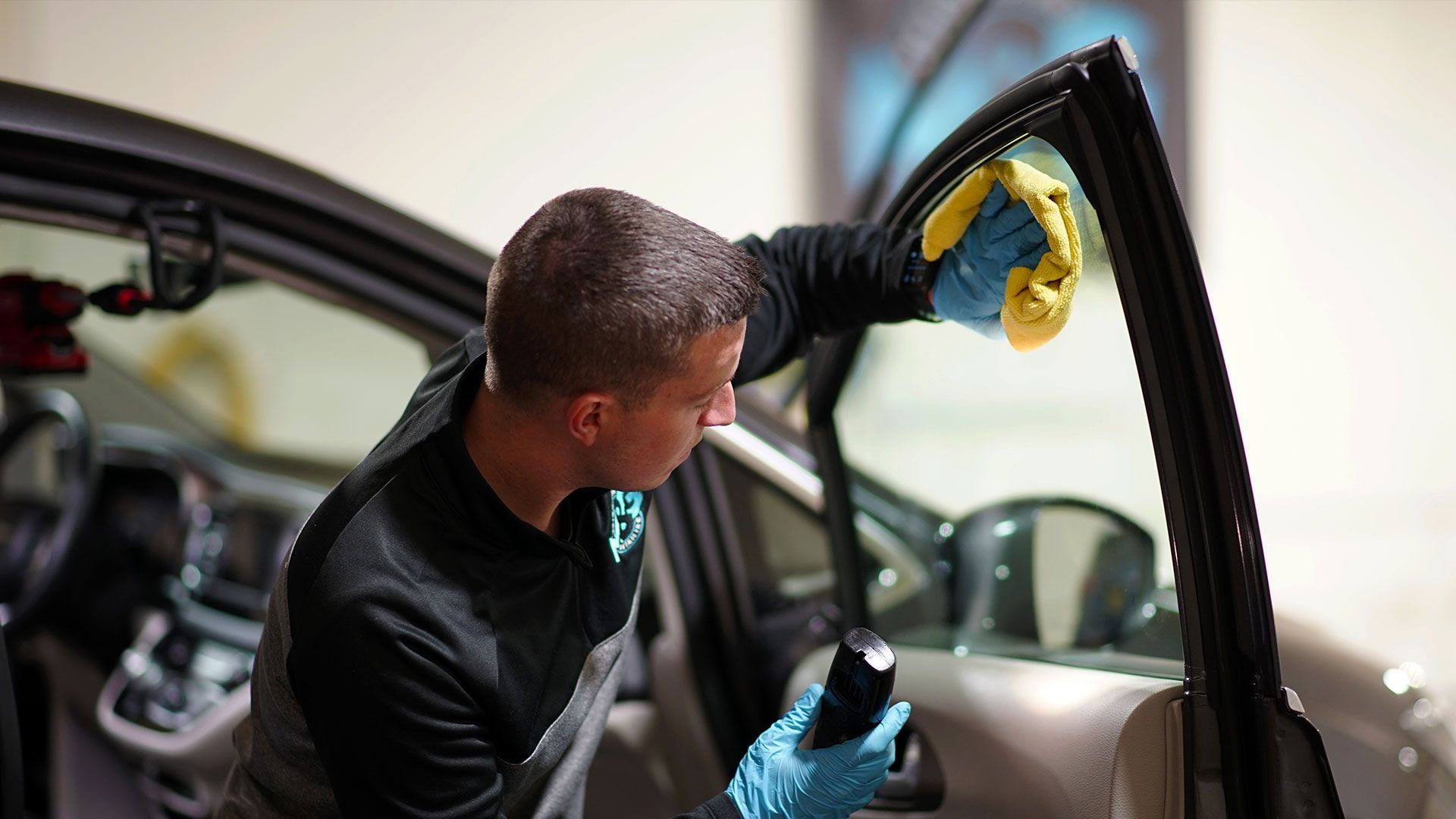
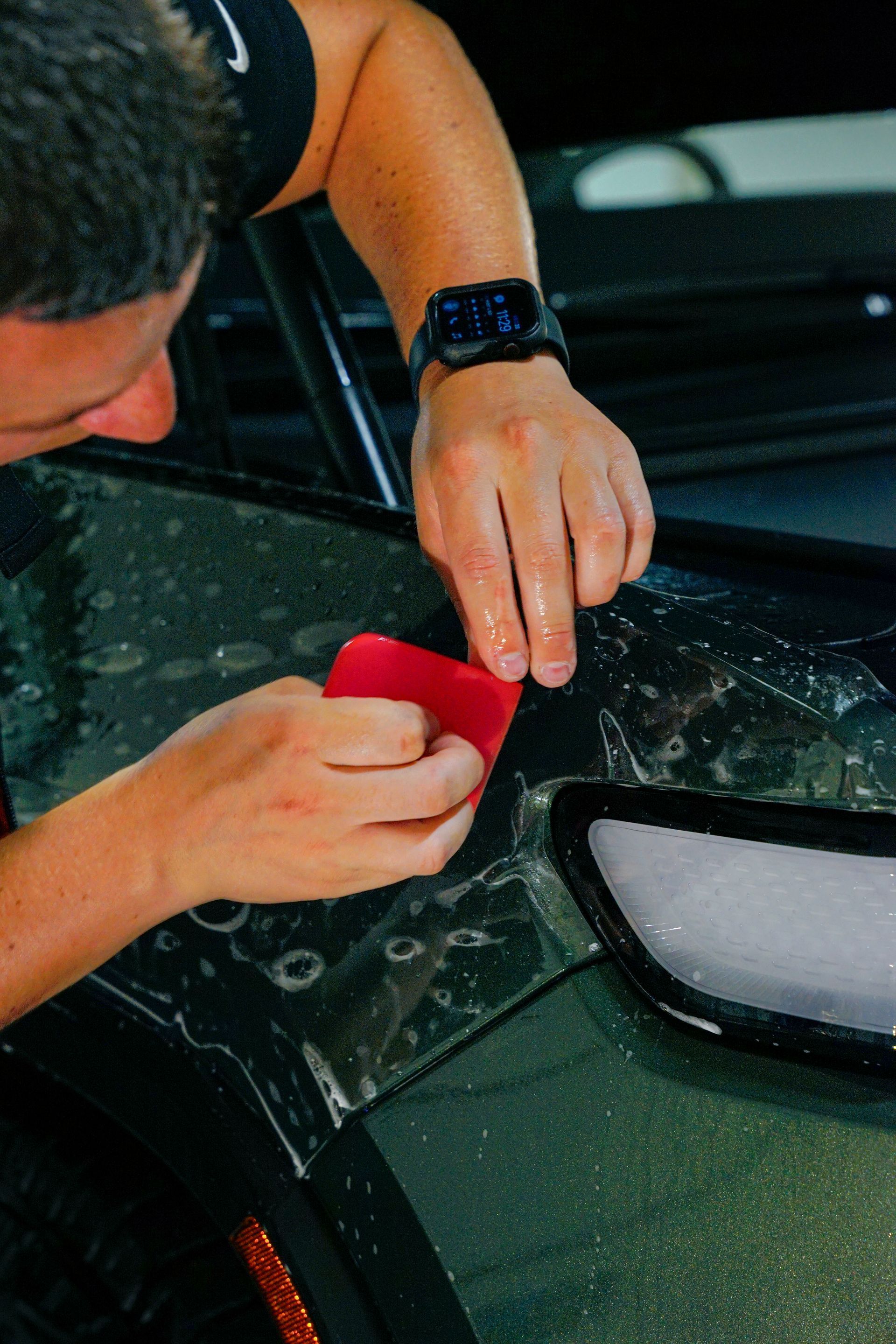
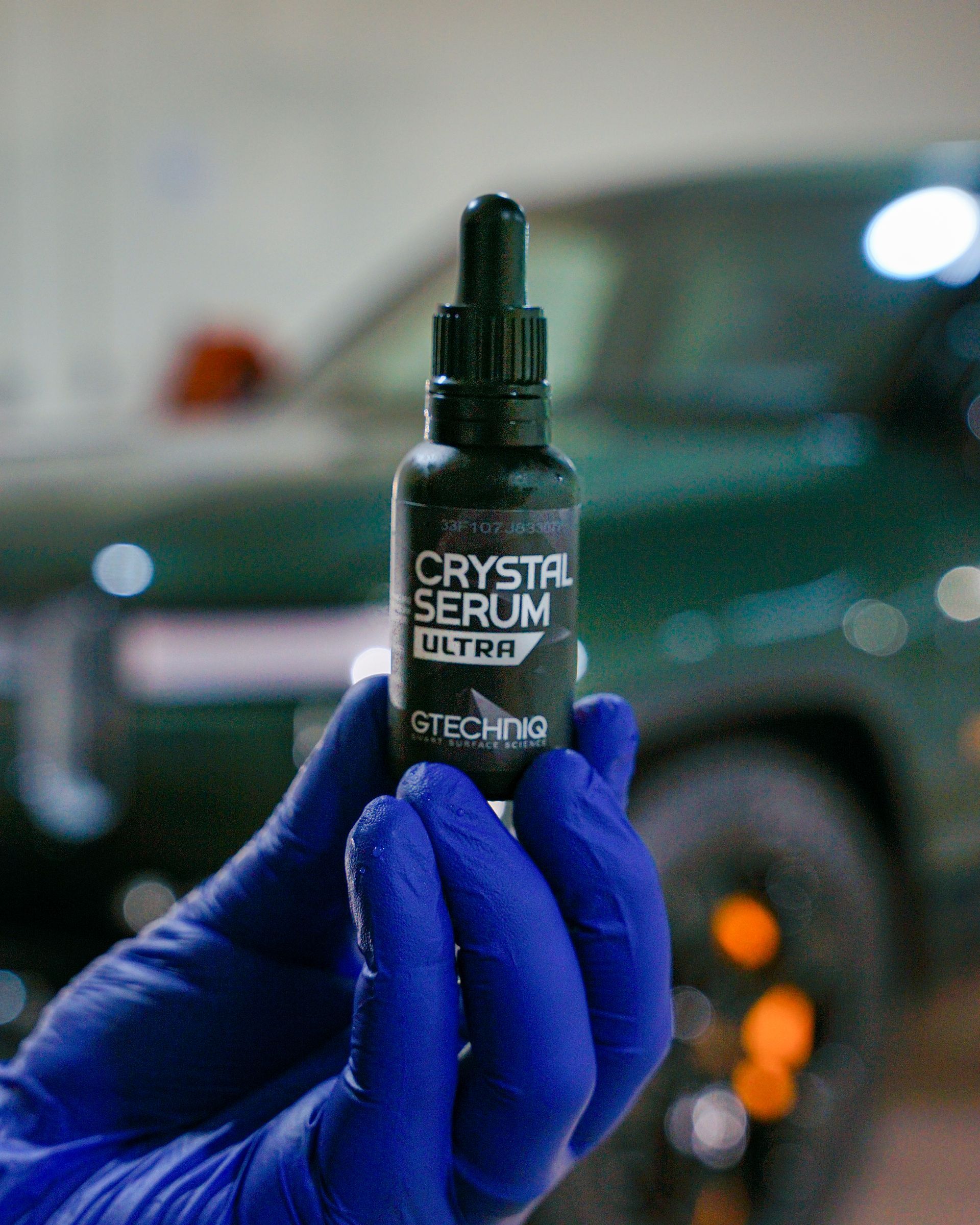
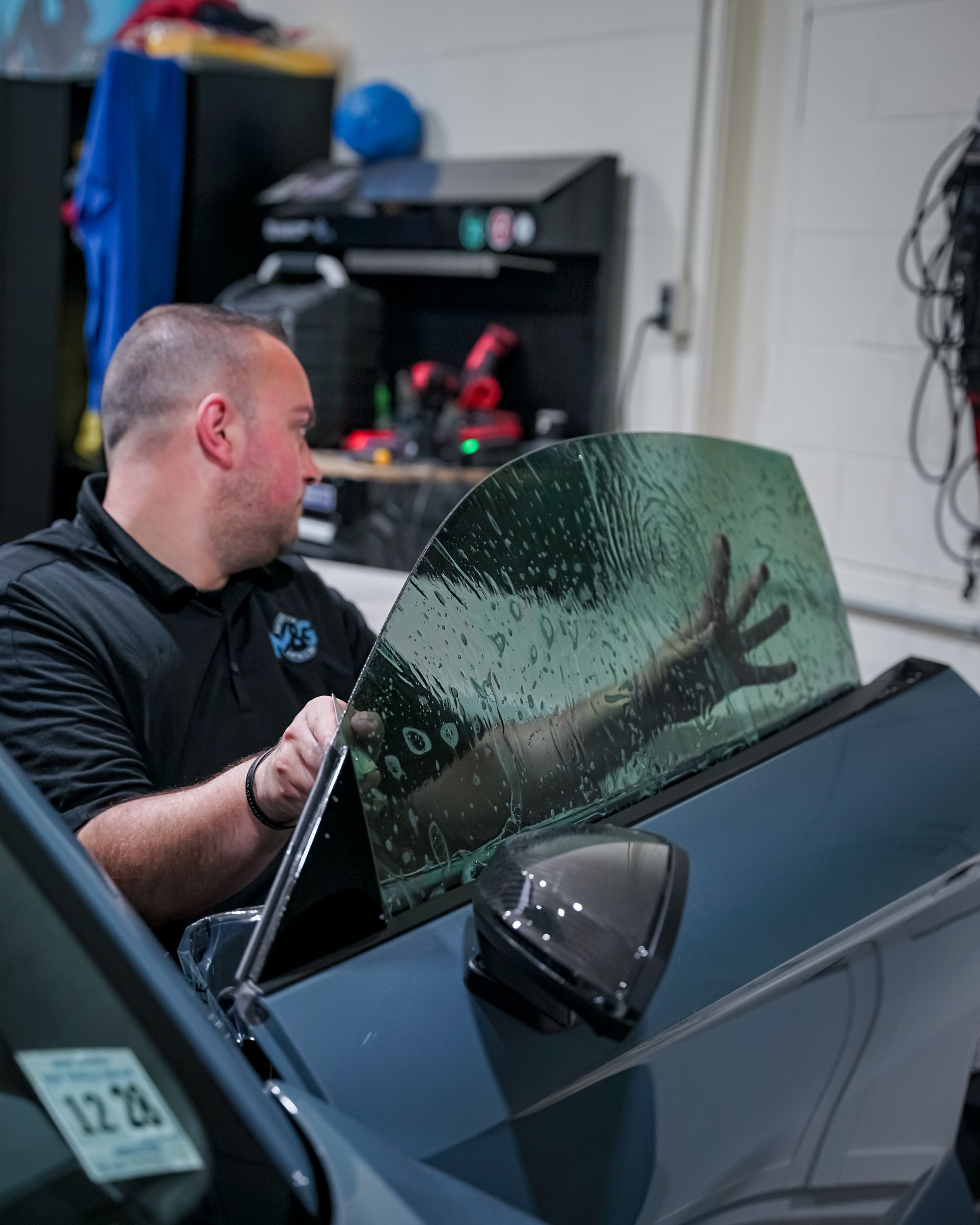
M&G Automotive Detailing of Cherry Hill, New Jersey was founded in 2018 by obsessed vehicle detailers with a desire to always up the ante on their skills in professional auto paint protection, and interior and exterior car care. Starting out with a paint correction and auto detailing certification from Shine Supply and quickly moving to additional credentials in Gtechniq Ceramic Coatings, Window Tint Films, and Paint Protection Films, we care deeply about each car, truck, or SUV that our valued customers trust us with.
Our Location
Hours of Operation
Designed by the team at Detailers Roadmap, a platform developed for detailing operators across the globe.
All Rights Reserved | 8bitcreative, LLC | M&G Automotive Detailing
